Roland has opened their ZEN-Core synth engine with the Zenology Pro Synthesizer plugin to all DAW users, here is a detailed review
Roland Cloud is a subscription-based service that gives you access to a collection of VST plugins, sample-, and preset libraries. Since its initial launch in 2018, they have consistently delivered new content and improved the platform thanks to customer feedback. Roland Cloud now has more than 20 plugins including emulations of vintage synths (Jupiter-8, Juno-60, SH-2…), drum machines (TR-808, 909), romplers, and more.
A plugin that is a bit out of line is Zenology Pro. Premiered in 2020, it’s a multi-layer Synthesizer plugin with a lot of features and packed with authentic sound content. Find out in the review whether the Roland Zenology Pro synthesizer does what it says on the paper.
Roland Zenology Pro
The ZEN-Core engine was launched in 2019. Hardware synthesizers such as the new Fantom series, the Jupiter-X / Xm, or the grooveboxes MC-707/101 use this engine. The Zenology series are the first plugins to use the ZEN-Core engine. They are three versions available: Zenology is the foretaste, the Pro the complete pack, and the FX the effect section as a separate plugin.
The Z “lite” and the new FX versions are only available in the monthly/annual subscription plan. For Z Pro, Roland offers the opportunity to buy a lifetime key.
GUI
ZEN-Core is modern and versatile. However, Roland visualized the engine with an old-fashioned and uninspiring GUI in their plugins. The individual elements, sections (partials, OSCs, filters…) are all very small and fiddly. Parameters use very small sliders that are neither intuitive nor fun for programming. Same the Pro Edit that looks like a wild slider sea. To be honest, you can overlook this section.
For me, it is strongly reminiscent of plugins from yesterday. Roland should rethink the GUI and hire a specialist to do it again. This would make it more pleasing to the eye and more intuitive.
Oscillators
The ZEN-Core engine is based on a four-partial system. Each partial is an independent Synthesizer layer. They can be split in the range control menu and use either a mixture of PCM samples or classic virtual analog synthesis including the trance favorite JP-8000 Supersaw generator. With 3597 tones, the Z Pro plugin has a huge number of PCM samples. Also, the spectrum is wide. You can find files from vintage synths (D-50…), sampled pianos, guitars but also modern timbres. Nice, the PCM mode has a stereo function that lets individual samples be set for the left and right channels of each Partial. There is also a wave gain parameter, please Roland makes this smooth and step-less.
The partials are arranged in pairs, with the option to activate sync, ring, or cross mod between partials 1 and 2, or 3 and 4. However, the OSC mod routing cannot be changed, which is a shame. The oscillator section is kept very simple with a few parameters. Thus, they offer little shaping playground compared to other flagship synths. It’s a bit too classic for me, as it doesn’t offer any synthesis progress. It’s more of the same as the next generation of synthesis.
No newer methods such as wave folding/shaping… So Roland remains true to his synthesis history. But they do that in very high quality. The PCM samples and the oscillators sound nice. Not to forget, you can also build complete drum kits that are displayed with a drum layout.
Filters
Then, each partial/layer has a multi-mode filter with different types. Interestingly, Roland leaves his sphere and offers filter emulations from other legendary synth makers. Besides LPF, BPF, HPF, peaking… it includes Bob Moog’s ladder (MG), and Dave Smith Prophet-5 filter. Good decision as it brings new timbres to the Roland sound. A notch filter type is missing, sadly but they sound nice and smooth.
Modulations
You can also switch both LFOs in the LFO step mode. It splits your waveforms into up to 16 fragments/steps. Once in this mode, you can create your own step modulator from scratch. They can have up to 16 fully customizable steps where each can have a different curve. Sequenced/rhythmic modulations with no effort, here we go. A randomization function would have been a nice extra here.
Wait, there are also three ADSR envelopes, one for the pitch, one for the filter, and another for the amp. All three have fixed mod routings and cannot be broken for other parameter modulations. This is very limited and inflexible. But you can modulate them with the LFOs, pan them, etc. A little goodie. With or without, the ADSR envelopes are very simple. DADSR, DAHDSR, or multi-segment envelopes, features of 2020/2021. Roland, where is the courage for the new?
Roland completely dispenses with a modulation matrix in their Z Pro Synthesizer plugin. Instead, you can activate/deactivate modulations directly in the respective module. The system is super straightforward, yes, but at the same time very weak and limited in terms of modulations. You only have less of a handful of mod destinations. Either pitch, filter, or the amp. For the oscillators, you only have PWM. Definitely not enough for a “flagship synth”.
Effects
Hidden in the last third of the interface is the effects section. Attention, it only refers to the entire engine i.e all 4 partials. So no effect per partial. Also no multi-effect processor, only a single effect slot. But don’t worry, there are combinations in which you can find two types of effects. So a pseudo-multi-effect processor.
There are plenty of great-sounding effects (60+). From classic chorus, delay, drive, flanger effects… to vintage emulations like the Dimension D, Juno-60 chorus, tape echo up to SP-404 inspired loopers. In the combination section, you get a distortion with a delay, overdrive + chorus, and others. But where did Roland hide the reverbs? Unfortunately nowhere, there are no reverbs.
The lack of effect modulations is also a shame. Here, too, the feature set is very simple and not really modern (state of the art). It definitely needs an upgrade in my opinion.
Macros
Each patch has 5 macro /quick edit controls: cutoff, reso, attack, release, and vibrato, perfect to twist sounds quickly. However, these are fixed and cannot be changed, why Roland? However, there are four additional MIDI CC controllers available in the effect section in case you need more control. Here, too, more flexibility would be desirable.
Sound Content/Quality
More than obvious is the strategy that Roland uses with the Zenology Pro Synthesizer. It’s all about sounds and it’s probably the biggest selling point of this synth. It comes with a huge library of high-quality PCM samples and tons of ready-to-use presets. From acoustic guitars, drums, pianos to violins, everything is included that makes the PCM sample heart beat faster. Browsing through the library, I also noticed the big focus in the presets. It’s not bad but more sounds using the virtual analog engine (super saw…) would have been nice.
In terms of sound, Roland doesn’t fool anyone. Fat, authentic, and rich. It mainly offers typical bread and butter sounds with “premium” quality from then and now. But no extreme complex sounds. The Zen Core engine is a bit too weak for deep evolving sounds. Omnisphere 2 or Falcon 2 easily master this, for example. Z Pro is more a Swiss knife plugin for vintage sounds with the quantity/quality of a rompler and the flexibility of a classic synth.
Model Expansions
A unique feature of the Zen Core hardware and software are the Model Expansions. These are new engines that are all based on vintage synth emulations. Similar to plug-outs, but significantly more resource-efficient. There are currently five expansions available: SH-101, Juno-106, JX-8P, JP-800, and the mighty Jupiter-8. All of them sound detailed and rich. They are not included in the Zenology Pro plugin and have to be purchased separately if you do not have a subscription. They have a quite high price tag at $149 each.
Roland Zenology Pro Review
Roland Zenology Pro is a versatile Synthesizer plugin with an advanced engine packed with tons of vintage and modern sounds. It has a very high density of great-sounding and usable sounds. It’s a solid synth workstation with a classic “Rolandish” touch made for players. It is certainly not a big competition for super-powerful synthesis monsters such as Omnisphere 2, Falcon 2… Z Pro is more a synth that makes the Roland synthesis history (super saw, PCM…) playable in a plugin.
But in various places, there is still room for major improvements or engine upgrades (more synthesis power, customizable modulation routings, reverb processor…). How far Roland can take the engine further depends always on the hardware instruments. Besides this, the GUI also has a lot of potential for further development. At the moment it is neither modern nor very appealing. This requires a complete redesign.
Nonetheless, Zenology Pro is a neat package that makes Roland’s new ZEN-Core engine accessible to everyone, even those who don’t have the hardware counterparts.
Pro
- versatile multi-timbral synth engine (different oscillator & filter types…)
- sound quality
- big sound content (PCM samples, retro/modern presets…)
- ZEN-Core engine for your DAW + import/export patches from hardware/software
Neutral
- expensive lifetime key (235€)
Negative
- outdated GUI design
- one effect slot for the entire engine + no reverbs
- fixed modulation routings
Roland Zenology Pro is available now as part of the Roland Cloud subscription or for $229 USD/235€ (lifetime key).
More information here: Roland Cloud
Available at our partner

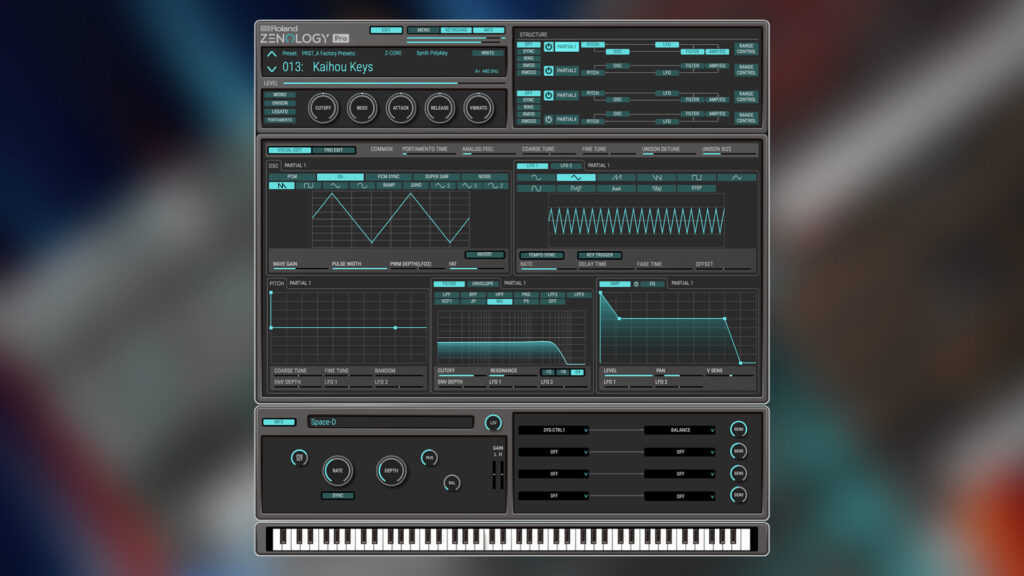
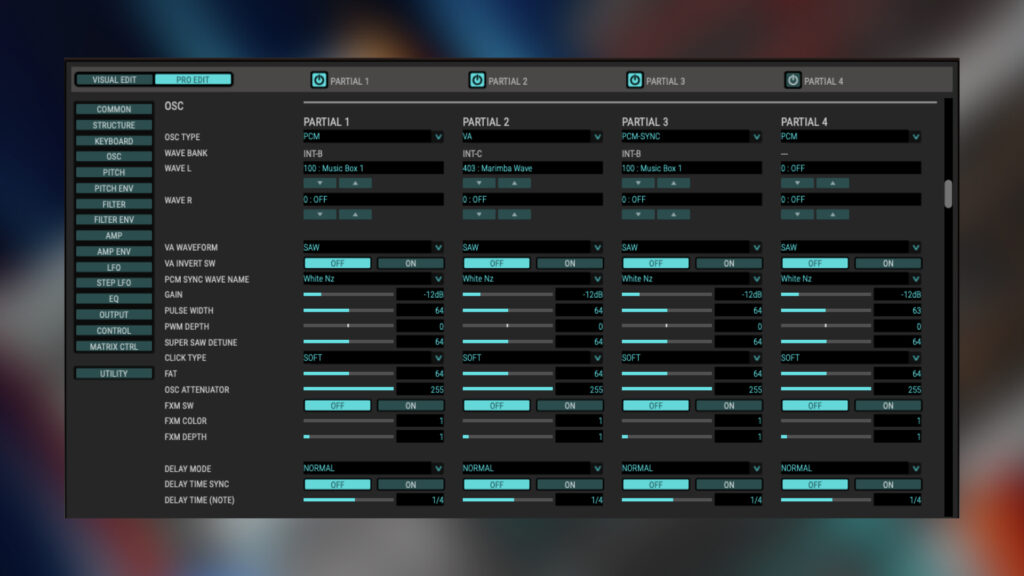
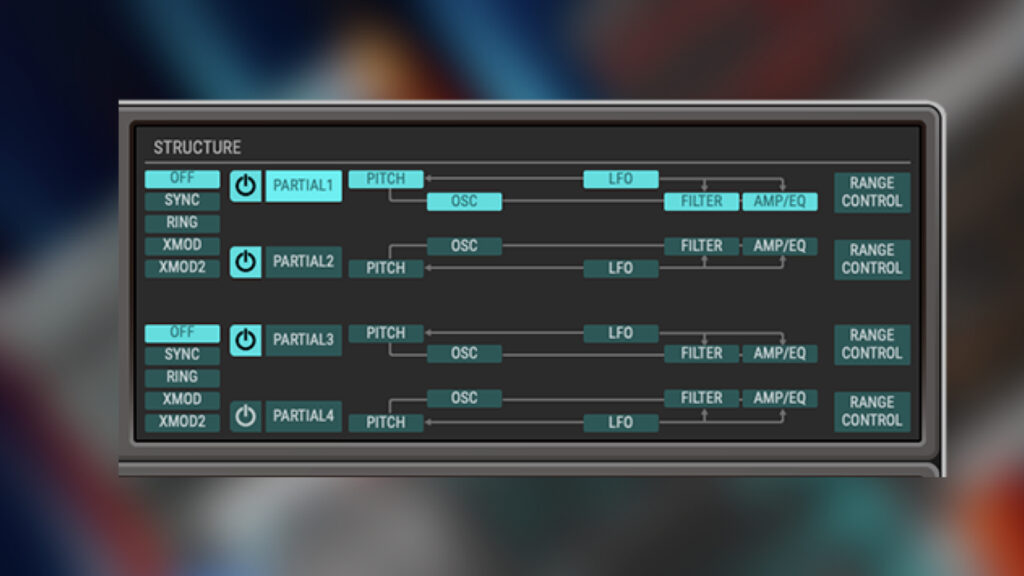
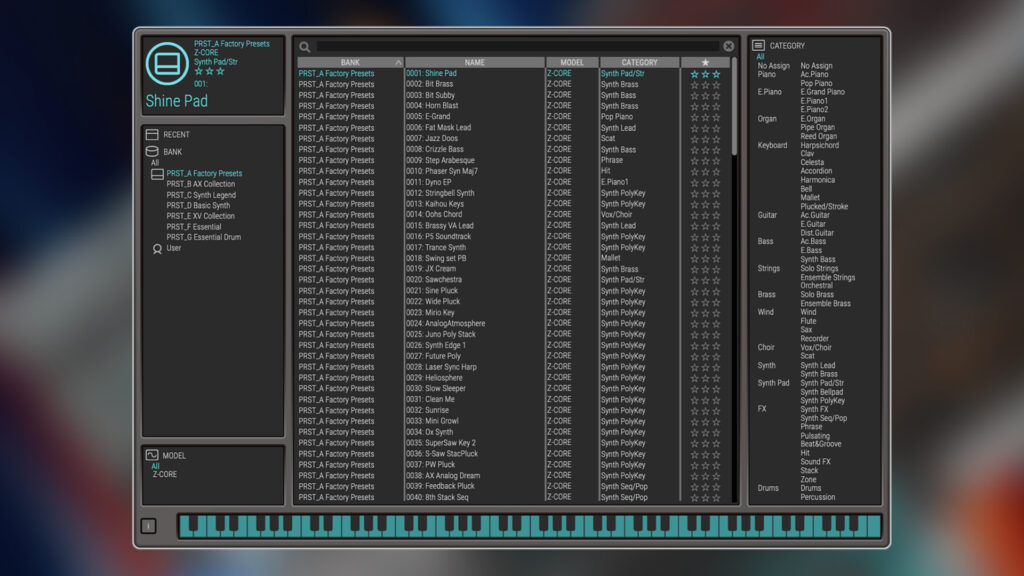
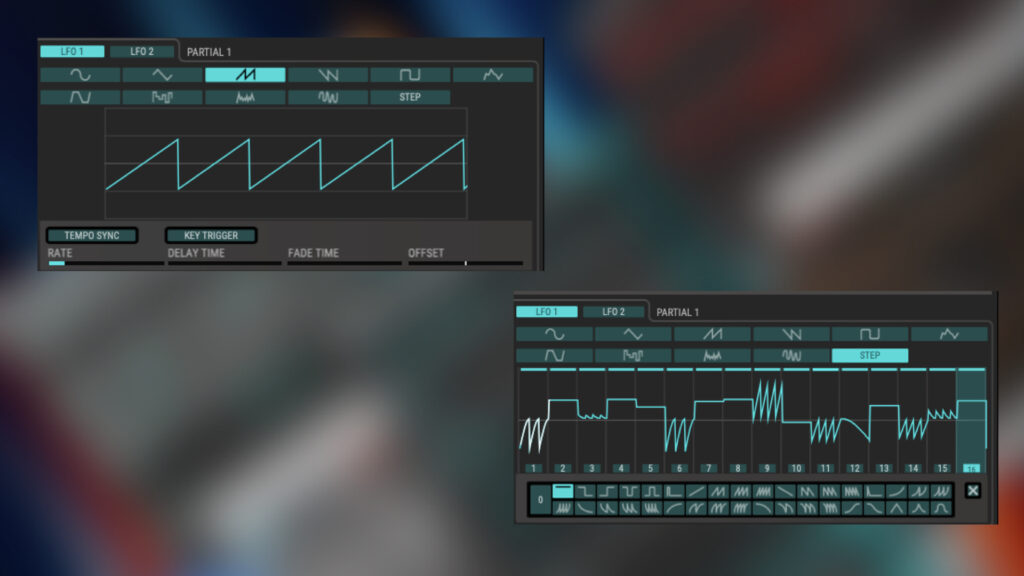
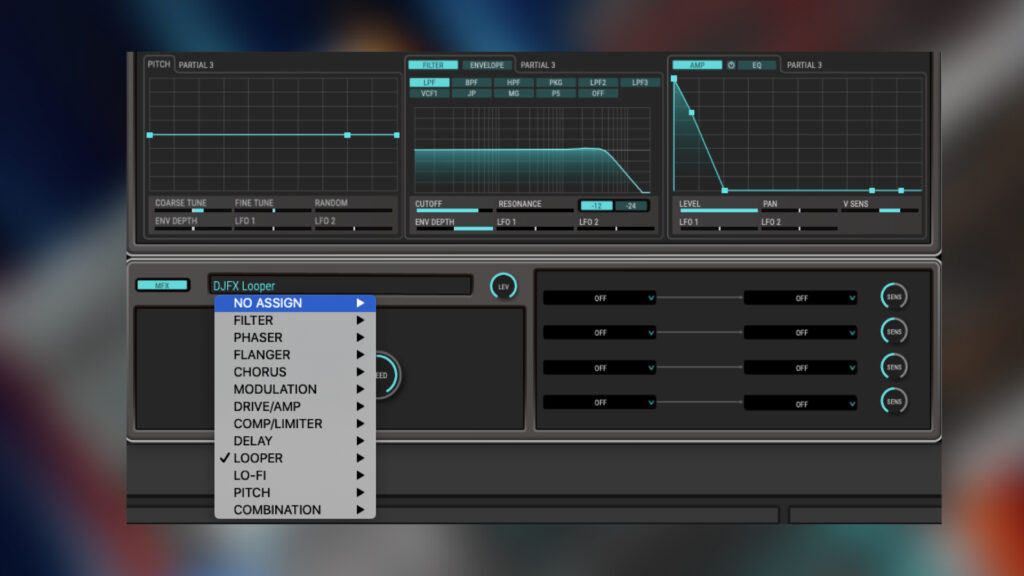
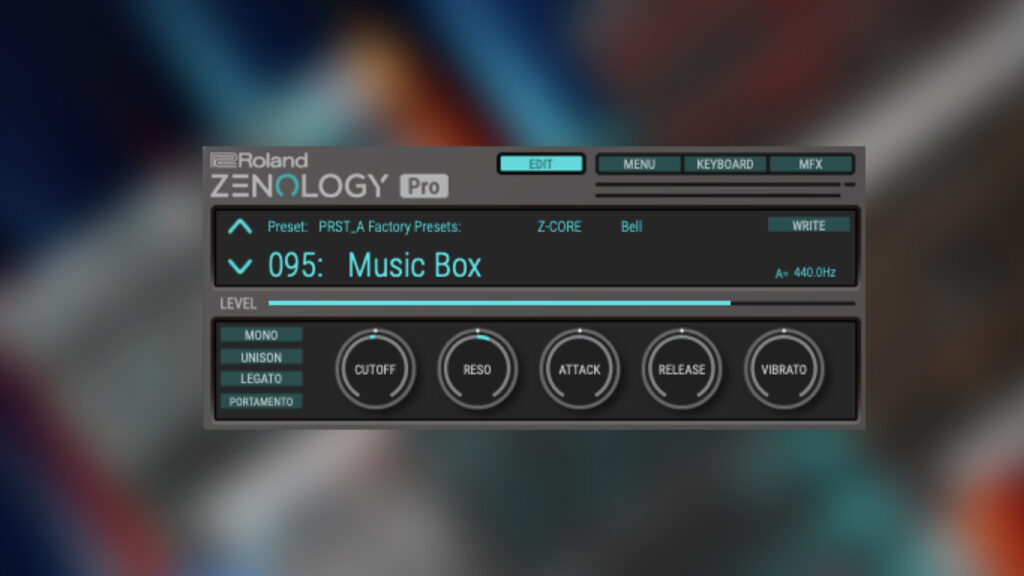
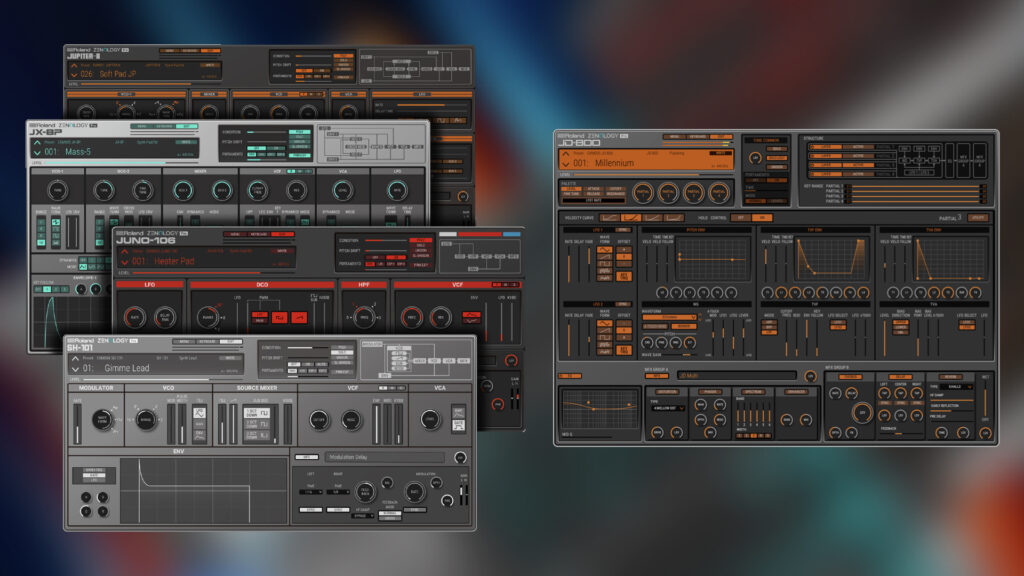
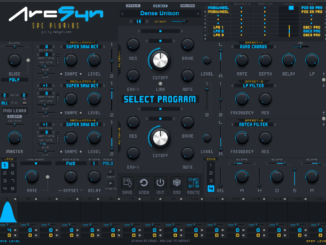

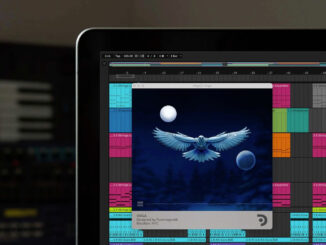
I know you don’t like subscriptions, but at these prices, they clearly (to me) seem to be pushing the subscription option. At $149 per expansion, I would just get the plug-out versions. They are more CPU-intensive, but have the actual interfaces, and the sound quality is better if your CPU can handle it. I agree that the programmability is really arcane; it’s a vast improvement over trying to program the hardware units this is based on, but will have a steep learning curve for anyone used to other softsynths. I regard it more as a preset player, for those who love the Roland sound, and indeed it is more cost-efficient than tracking down the original hardware or buying the Boutique modules. Maybe there will be sales at some point? Sub-$100 might be a good jumping on point.